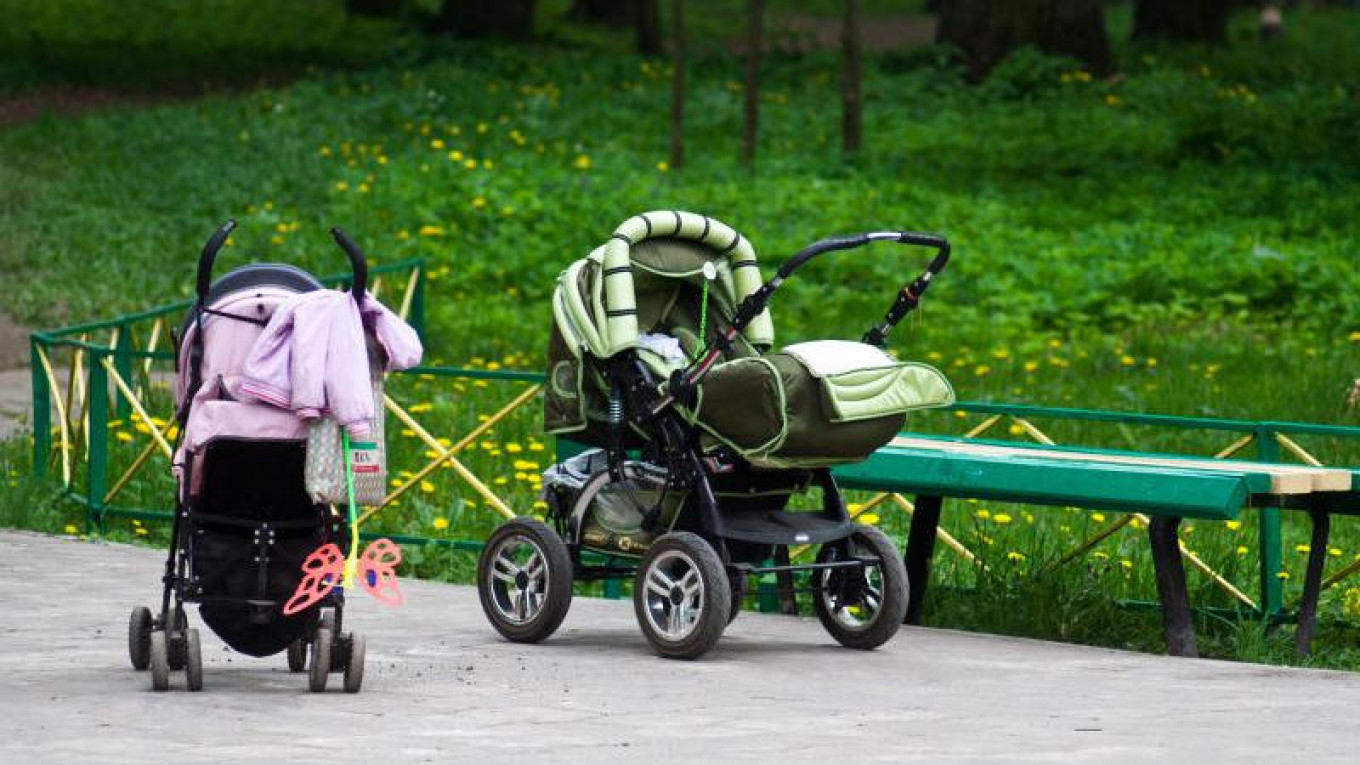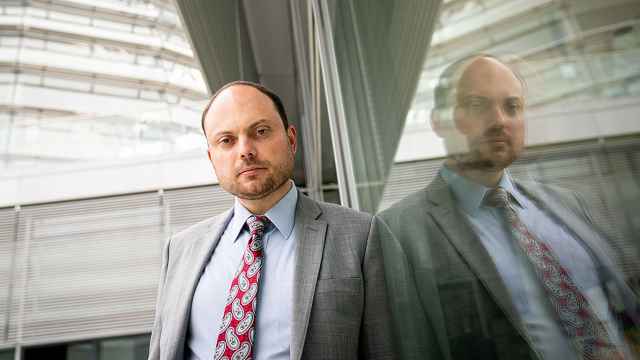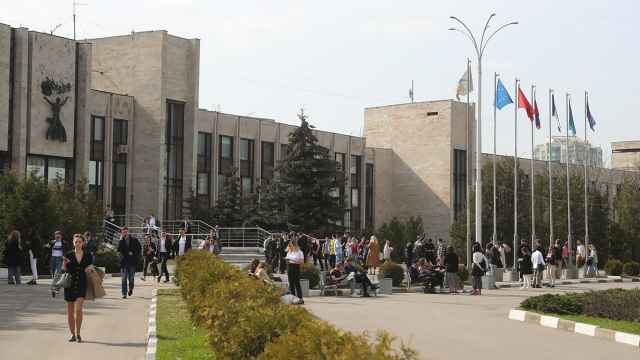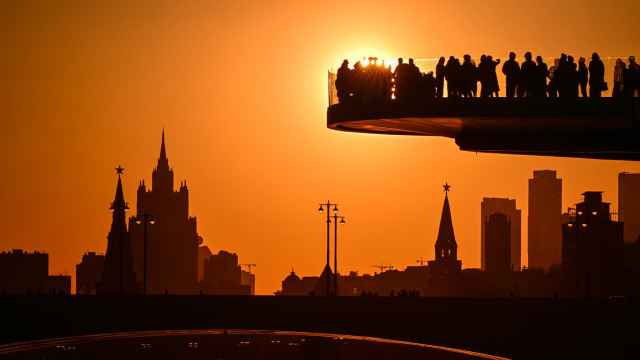How healthy is Russia, really? Over the past several years, the official narrative of Vladimir Putin’s government has been clear and consistent: thanks to firm leadership, the demographic problems that once plagued Russia and the Soviet Union are now effectively a thing of the past.
A close reading of the pace of Russia’s population, however, suggests a very different state of affairs. Propelled by persistent and deeply adverse trends, Russia’s population is today in major decline — with potentially catastrophic consequences for the country and its place in the world.
Russia’s ongoing demographic problems find their roots in a wide range of societal and cultural factors, many of which date back to the Soviet era and which continue unabated. However, three in particular stand out.
The first is mortality. During the decades of the Cold War, a real and widening mortality gap emerged between the U.S. and the Soviet Union. That gap narrowed temporarily in the 1980s with the advent of perestroika (and its attendant focus on public health), but following the Soviet collapse Russian life expectancy again plummeted — and there it has remained. In 2005, Russia ranked 122nd in the world, placing it in the bottom third of all countries and far outside the norm for industrialized ones. Today, the situation is even more dire. According to UN estimates, Russia now ranks 126thin the world in terms of life expectancy, with an average of just below 70 years of age, on a par with North Korea (average life expectancy: 69.91) and behind Tonga (average life expectancy: 72.6).
The second is a pervasive culture of abortion. Under Communist rule, abortion was the only practical method of birth control available to Soviet citizens, and it was employed extensively throughout the latter part of the Cold War. The rate of abortions declined gradually in the waning days of the Soviet Union, as Soviet authorities — and subsequently Russian ones — became more conscious of the negative effects of abortion (like widespread female infertility) and more restrictive in its authorization. And in 2006, for the first time, the trend reversed, with 95 abortions for every 100 live births. Nevertheless, Russia still boasts one of the world’s highest abortion rates. Last year, according to official statistics, that figure was 930,000 — or an average of 106 per hour.
But official estimates don’t capture the true extent of Russia’s abortion phenomenon. Experts have estimated that the actual number of abortions performed in Russia every year could be as much as double the official figure, because of unofficial procedures that are performed outside the official medical system. If so, the true cost of Russia’s abortion culture is the annual termination of more than one percent of the country’s total population.
The third trend is a familiar phenomenon: emigration. During the decades of the Cold War, Soviet rule was punctuated by repeated surges of politically and religiously motivated flight. Even so, the pace with which people are leaving Russia today is notable — and deeply concerning. As of 2011, between 100,000 and 150,000 Russians were estimated to be emigrating every year, compounding Russia’s adverse domestic population trends.
Today, the situation is significantly worse. “Russian government statistics show a sharp upturn in emigration over the last four years,” notes professor Judy Twigg of Virginia Commonwealth University. “Almost 123,000 officially departed in 2012, rising to 186,000 in 2013, and accelerating to almost 309,000 in 2014 after the annexation of Crimea and even more in 2015.”
The causes are both economic and political. In recent years, worsening economic conditions caused by a confluence of factors — from Western sanctions against Russia over Ukraine to the low world price of oil — have led to a marked decline in prosperity for ordinary Russians, propelling more and more to seek to emigrate. So has Russia’s climate of deepening authoritarianism, which is increasingly causing the country’s best and brightest to eye the exits.
The Kremlin may recognize these trends, but it is not yet seriously addressing them. Despite several recent initiatives intended to ameliorate negative population trends (such as Mr. Putin’s much-advertised “maternity capital” campaign) a comprehensive demographic strategy on the part of the Russian government remains mostly conceptual. And, since the outbreak of the Ukraine conflict in early 2014, Russia’s increasingly precarious economic state, and its martial focus, have made the prospects of federal investments that could help reverse this decline even less likely.
The results could be nothing short of ruinous. The Russian government has attempted to project the image of revived greatness to the world. But Russia’s declining demographic health suggests that domestic realities will sooner or later serve to undermine the Kremlin’s global ambitions. They also provide a compelling argument that a Russian return to great power status needs to begin at home.
A Message from The Moscow Times:
Dear readers,
We are facing unprecedented challenges. Russia's Prosecutor General's Office has designated The Moscow Times as an "undesirable" organization, criminalizing our work and putting our staff at risk of prosecution. This follows our earlier unjust labeling as a "foreign agent."
These actions are direct attempts to silence independent journalism in Russia. The authorities claim our work "discredits the decisions of the Russian leadership." We see things differently: we strive to provide accurate, unbiased reporting on Russia.
We, the journalists of The Moscow Times, refuse to be silenced. But to continue our work, we need your help.
Your support, no matter how small, makes a world of difference. If you can, please support us monthly starting from just $2. It's quick to set up, and every contribution makes a significant impact.
By supporting The Moscow Times, you're defending open, independent journalism in the face of repression. Thank you for standing with us.
Remind me later.








